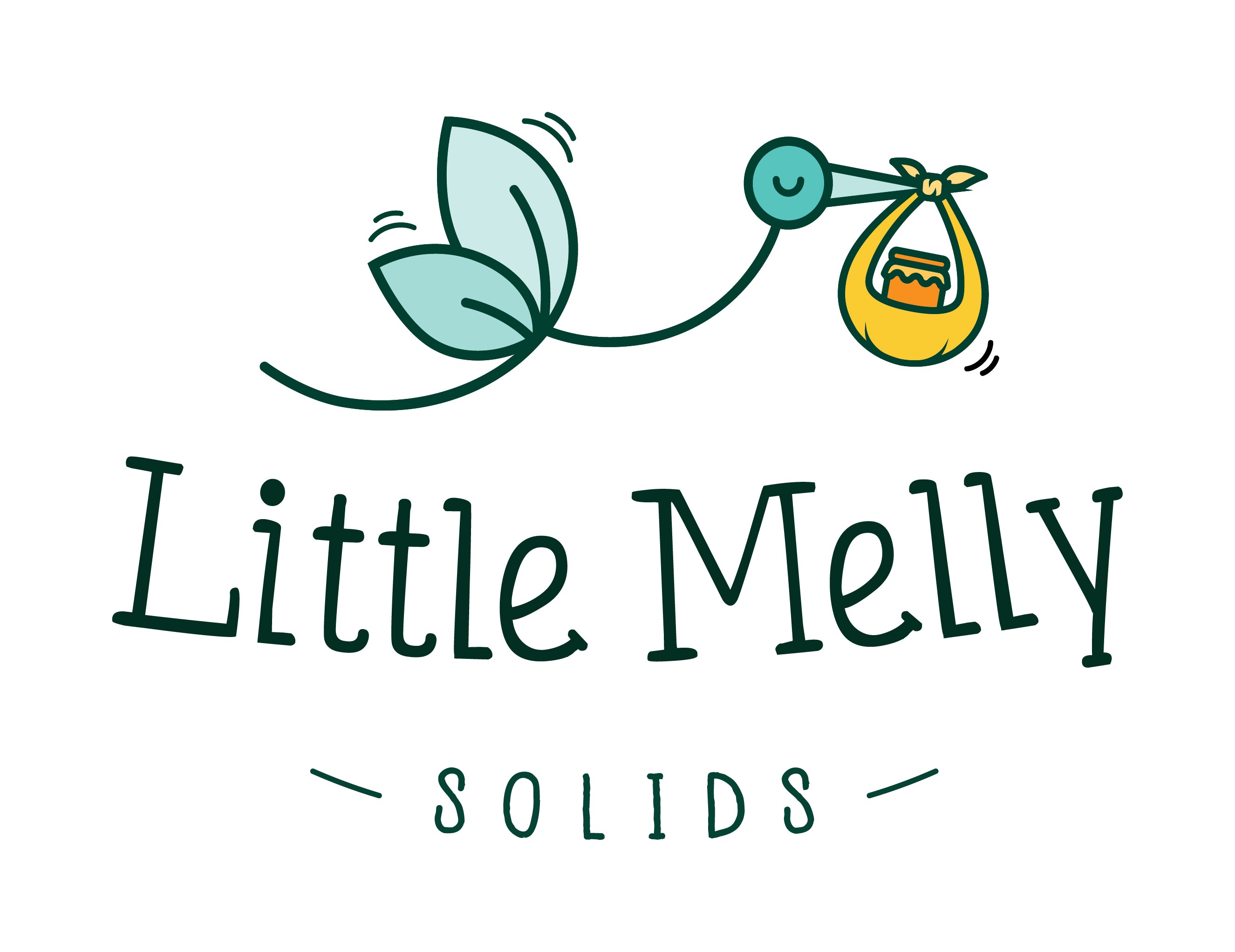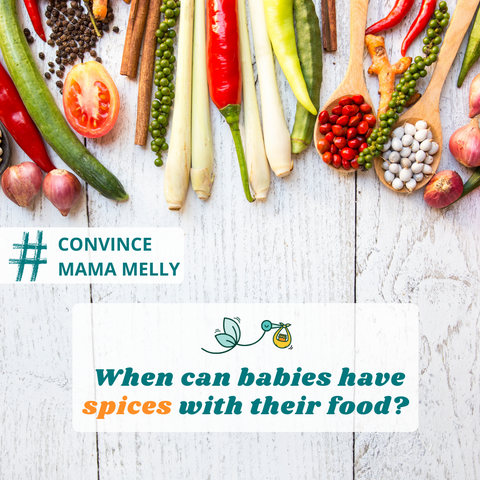Finding the Right Balance for Your Little One’s Growing Tummy.
You’ve probably heard that fiber is great for keeping things moving, so it sounds illogical to consider that fiber could contribute to constipation. But here’s a twist: too much fiber in infancy isn’t indefinitely good thing.
Let’s break it down:
Why Fiber Matters for Babies
Fiber plays an important role in supporting:
- Healthy bowel movements
- Good gut bacteria
- Soft stools, making pooping easier and less painful
Important Fact: Fiber should support digestion while not compromising growth or appetite.
The “More Fiber” Myth
Many of us grew up believing that the more fiber we eat, the healthier. This is actually not true, specifically for babies under 1 year of age, for a simple reason: baby’s smaller body. Babies can more easily reach a level where fiber starts to work counter-productively, so this is why fiber is something to consider.
Too much fiber can lead to:
- Gas and bloating: stomach discomfort
- Early fullness: baby eats less, which can affect weight gain
- Nutrient malabsorption: if too much fiber “pushes” food through too quickly
Pediatricians often keep an eye out for signs like slowed weight gain, persistent gas, or reduced appetite, which can hint at excessive fiber intake.
How Much Fiber Does a Baby Need?
- For babies under 12 months: There’s no official daily fiber requirement (RDA).
- From 1 year old and up: A general guideline is around 5g of fiber per day.
That said, it’s important not to overthink mealtime and get caught up in counting every gram. So long as we focus on variety through the day and throughout the week, our baby or toddler is likely to be consuming just enough fiber.
Types of Fiber: Soluble versus Insoluble
Let’s take a deeper look into fiber. There are types! Specifically soluble and insoluble fiber. While each works differently, they are both important:
A. Soluble Fiber
- Forms a gentle gel in the gut → softens stools & supports gut health
- Soluble fiber is found in: oats, apples, bananas, chia seeds, legumes
B. Insoluble Fiber
- Adds bulk → helps keep bowel movements regular
- Insoluble fiber is found in: whole grains, potato skin, veggies
There’s no official ratio between the two for infants.
A balanced diet naturally gives about 1:2 soluble to insoluble fiber, but what matters most is offering a variety of foods, not hitting exact numbers.
Practical Tips for Parents
- Offer a mix of fiber-rich foods and energy-dense foods (like healthy fats & proteins).
- Introduce fiber gradually — sudden increases can cause tummy troubles.
- Make sure your baby drinks enough water to help fiber do its job.
- Focus on balance, not “fiber loading.” A mix of fruits, veggies, grains, and legumes works best.
Key Takeaways
Fiber is an important part of your baby’s diet — but more isn’t always better.
- The goal is to support digestion without compromising growth.
- Offer a variety of age-appropriate foods, and keep an eye on your baby’s cues.
If you’re ever unsure about your baby’s fiber intake or constipation, talk to your pediatrician or pediatric nutritionist for tailored guidance.
References
National Academies of Sciences. Dietary Reference Intakes for Energy, Carbohydrate, Fiber, Fat, Protein, and Amino Acids. Washington, DC: The National Academies Press, 2005.
Fewtrell M, et al. Complementary Feeding: A Position Paper by the ESPGHAN Committee on Nutrition. J Pediatr Gastroenterol Nutr. 2017.
Gibson GR, et al. Dietary fibre in infancy and childhood: a review. Br J Nutr. 2020.
American Academy of Pediatrics. Infant Nutrition and Feeding: Guidelines for Healthcare Providers. 2019.
Waller, J. D’Argenio, M. S., C.N.S., L.D.N. (n.d.). High-fiber foods to fend off baby constipation. Little Bellies. Retrieved September 29, 2025, from https://littlebellies.com/learn-play/high-fiber-foods-to- fend-off-baby-constipation/
Institute of Medicine (2002). Dietary Reference Intakes for Energy, Carbohydrate, Fiber, Fat, Fatty Acids, Cholesterol, Protein, and Amino Acids.


